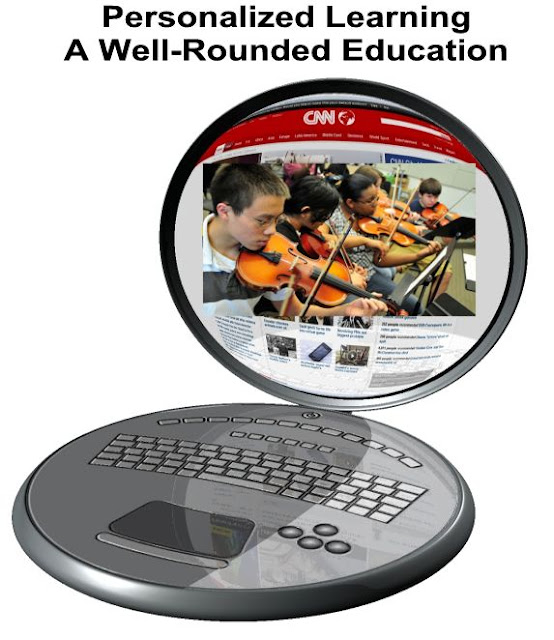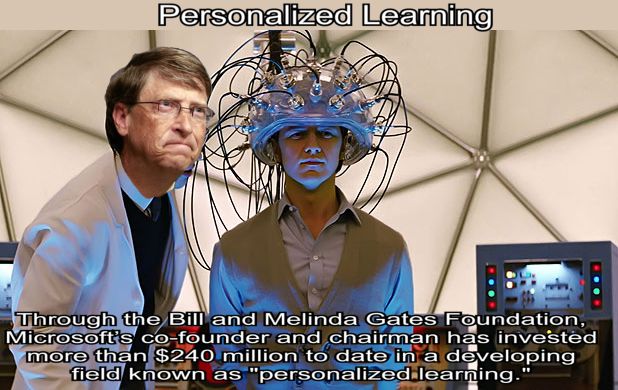The Rear-View Mirror on Personalized Learning

Pupils are working on their own. The second and third grade reading class of 63 pupils … is using a learning center and two adjoining rooms. Two teachers and the school librarian act as coordinators and tutors as the pupils proceed with the various materials prepared by the school’s teachers and … developer, The Learning and Research Development Center at the U. of Pittsburgh. Each pupil sets his own pace. He is listening to records and completing workbooks. When he has completed a unit of work, he is tested, the test is corrected immediately, and if he gets a grade of 85% or better he moves on. if not, the teacher offers a series of alternative activities to correct the weakness, including individual tutoring, There are no textbooks. There is virtually no lecturing by the teacher to the class as a whole. Instead, she is busy observing the child’s progress, evaluating his tests, writing prescriptions, and instructing individually or in small groups of pupils who need help.*
The school is Oakleaf elementary near Pittsburgh (PA) and the time is 1965. Implemented across all grades, the innovative program was called Individually Prescribed Instruction or IPI (el_197203_tillman-2, p. 495).
Over a half-century ago, before there were smart phones, laptops, and tablets, university developers and school-site practitioners championed IPI as a program where students move through materials at differentiated paces until each achieved mastery of the content and skills to then continue on to the next unit of study. Observers found students engaged in the process, pleased with the prompt feedback, and delighted that each could move at his or her pace rather than wait for the entire class to move to the next lesson. Here was the apex of student-centered learning. The algorithms of the day made it possible for students to learn independently, find out how they were doing swiftly, go from easy to difficult content on their own, ask teachers for help, and avoid the dominant teacher-centered repertoire of whole group-lecture, discussion, textbook chapters, quizzes and exams that took days to return—you get the picture.
In 2017 looking in the rear-view mirror, IPI in 1965 sounds familiar to those of us who enter schools and see contemporary lessons where students learn content and skills independently on their tablets and laptops that machine learning The Rear-View Mirror on Personalized Learning | Larry Cuban on School Reform and Classroom Practice:


